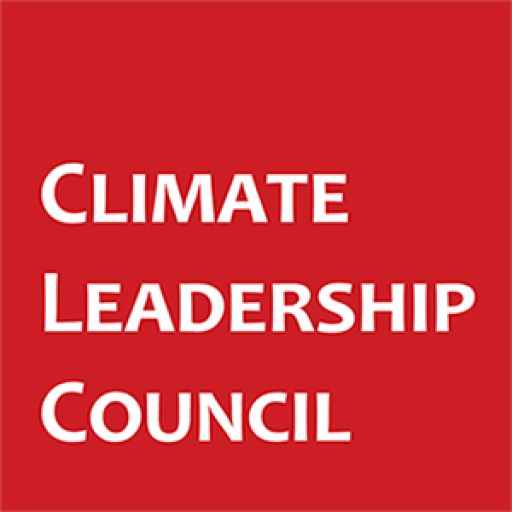U.S. climate policy faces three significant challenges:
- While domestic emissions are decreasing, global emissions are on the rise. As developing countries continue to industrialize, their share of global emissions is expected to double by the midcentury. The U.S. has more work to do domestically, but our strategy must increasingly focus on how policy can also drive global emissions lower.
- Americans care about climate change, support action, and yet tend to prioritize other interests, like economic competitiveness and national security.
- Our political gridlock on this issue is ceding a $215 trillion market opportunity to our competitors.
Our proposal: A new strategy for lowering global emissions that harnesses core national interests, galvanizes political support, and leverages our strengths to the benefit of Americans, our strategic international partners, and the global climate.
The U.S. has world’s largest and most innovative economy, the richest capital markets, and the most influential consumer base. American solutions to support global decarbonization can leverage our core strengths as a country.
In Prioritizing American Interests: A New Strategy for Global Decarbonization, we offer a policy strategy that identifies four priorities to unlock climate solutions: American competitiveness, economic growth, resource security, and geopolitical influence.
PRIORITIZING THE NATIONAL INTEREST TO ADDRESS CLIMATE CHANGE
American Competitiveness: Introduce accountability in the global economy
As global manufacturing expands, two critical challenges emerge: carbon-intensive production and market distortions from excess capacity. It is increasingly difficult for American manufacturers to compete against firms operating in countries that aren’t striving for the same environmental standards or that use anti-competitive practices to fuel inefficient enterprises. First, to achieve global greenhouse gas reduction targets, manufacturers must invest in lower-carbon methods. Second, robust global market signals are needed to hold emitters accountable and discourage practices that distort the market.
Economic Growth: Export more U.S. made goods
The U.S. accounts for only 6% of global exports of low-carbon technologies. However, there is over one hundred trillion dollars in global market potential for clean energy technologies through 2050. To capture this demand, policymakers must rethink strategies for domestic manufacturing and export promotion in the face of non-market competition and unfair trade practices.
Resource Security: Diversify critical supply chains
Expanding domestic clean energy manufacturing depends on securing critical minerals like lithium, cobalt, and rare earth elements. The U.S. is not a major producer nor refiner of these resources, and global demand for these minerals is expected to double by 2030. While domestic investments in mining and processing will help, the U.S. must develop more ambitious strategies to develop these resources at home, expedite their development abroad, and ensure access for American firms.
Geopolitical Influence: Accelerate low carbon infrastructure in the developing world
Developing countries are rapidly building energy and industrial infrastructure, presenting a significant market opportunity. So far, China has dominated this space, leveraging its Belt and Road Initiative to secure energy and natural resources essential for its industrial strategy and commercial gains. To effectively compete, the U.S. must harness the power of private capital to close the investment gap, promote American technologies, and secure access to critical materials.
POSITIONING THE U.S. TO LEAD: POLICY TOOLS FOR ACTING ON OUR PRIORITIES
A broad new policy approach can address these priorities and position the U.S. to lead on climate goals. Here is a list of considerations to get policy conversations started on the right track:
- Enable investment in manufacturing, infrastructure, and mineral development: To take advantage of recent legislative investments in the clean energy economy, we must drastically improve our ability to permit and build manufacturing facilities, resource development, and low- and zero-carbon electricity sources.
- Derisk and unleash private capital towards the global challenge: Legislative efforts should leverage vast private assets. Policies that provide clear rewards for private investors would combat predatory approaches to international capital development and benefit the domestic economy.
- Adopt trade instruments that emphasize accountability: A carbon import fee would level the playing field for American firms and compel international firms to meet domestic standards for environmental performance.
- Emphasize cooperation with partner economies: American leadership can open new opportunities for international coordination that would lower emissions faster, increase access to vital materials, expedite trade in low-carbon technologies, and build partnerships that can serve American priorities.
Climate change is a challenge that demands urgent and comprehensive action, and U.S. policy can no longer separate it from other national interests. To effectively address this global issue, we must begin with core American priorities that will allow us to adopt bold political strategies that can effectively address climate change.
Don’t hesitate to reach out to our team if you are interested in learning more about this vision.
